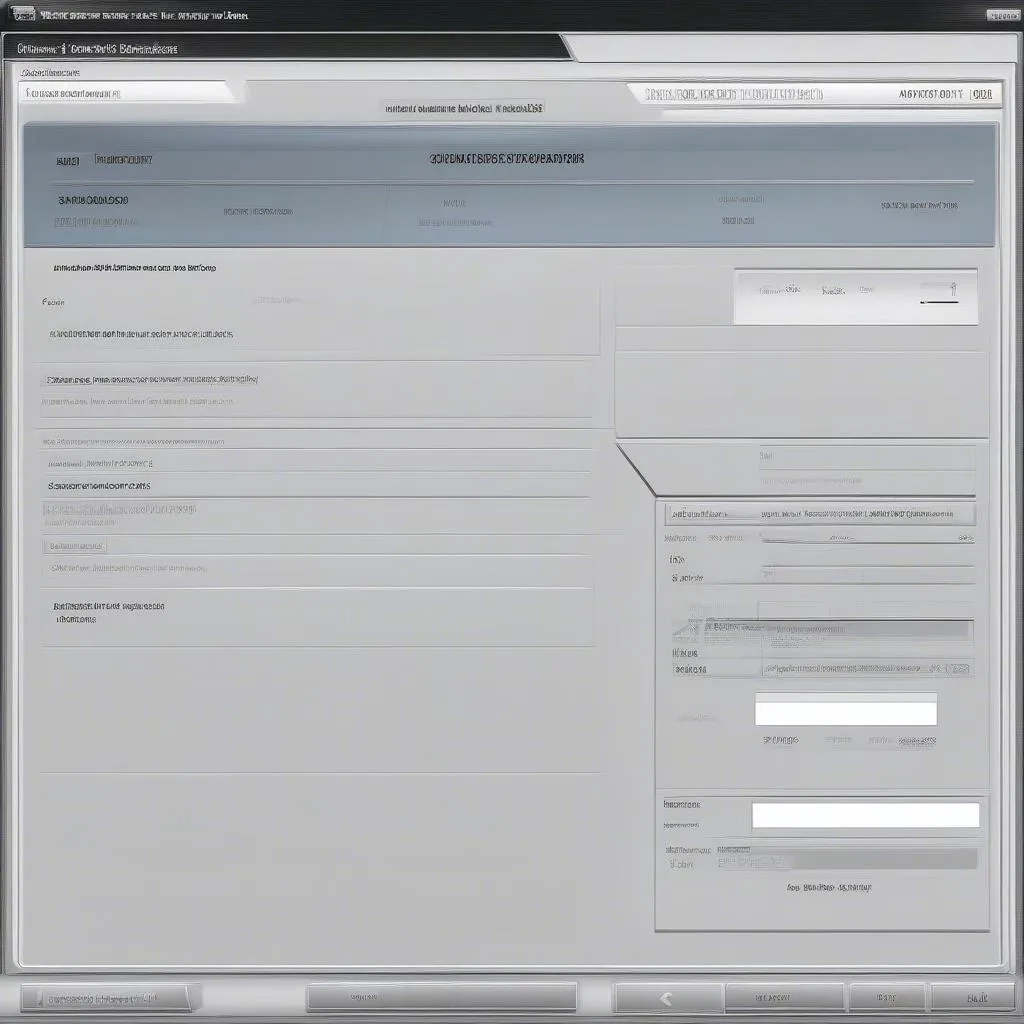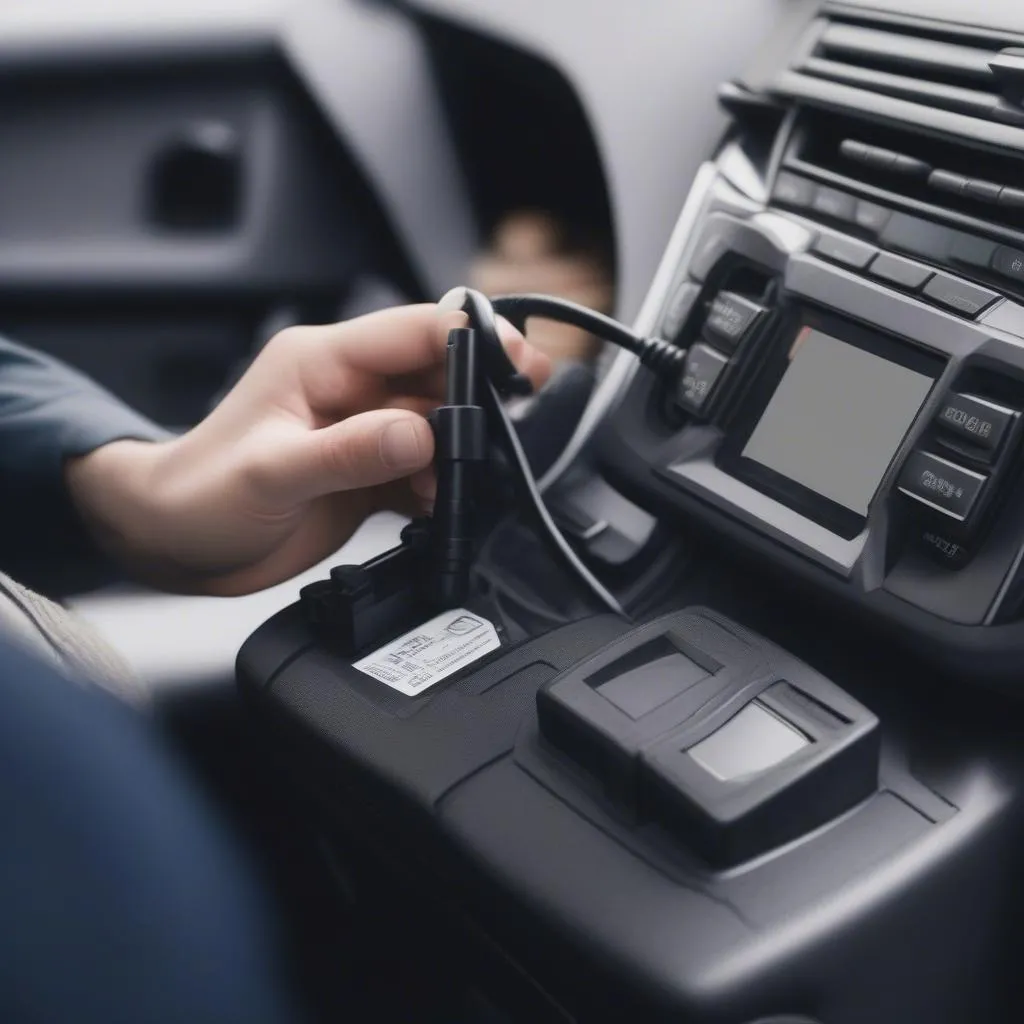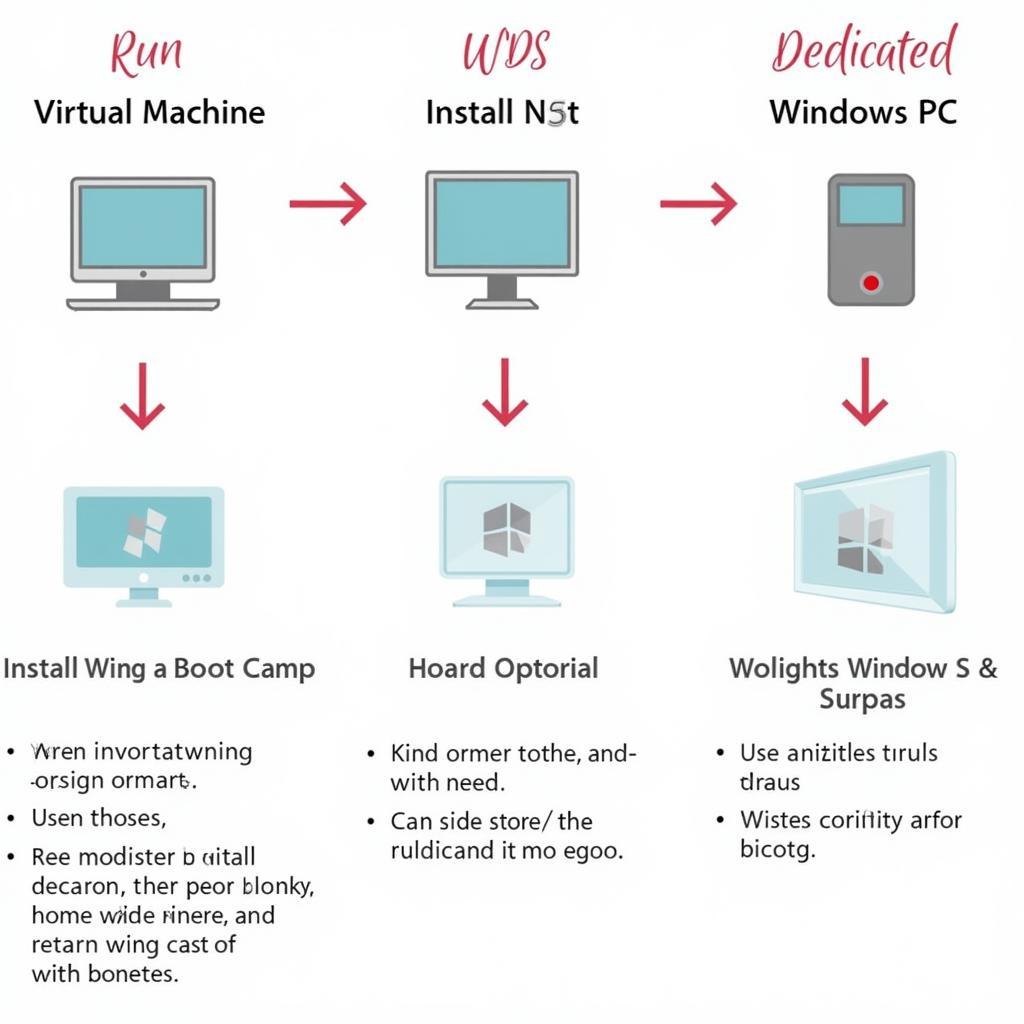As a car owner, encountering a dashboard warning light can be unnerving. Fortunately, diagnostic tools like VCDS (Vag-Com System) empower you to understand and often resolve these issues. This guide provides a detailed walkthrough on how to clear VCDS codes, common reasons for doing so, and essential precautions.
Understanding VCDS and Fault Codes
VCDS is a powerful diagnostic software designed for Volkswagen Audi Group (VAG) vehicles. It allows you to communicate with your car’s computer, read fault codes, monitor live data, and perform various adaptations.
When your car experiences a malfunction, the onboard computer logs a fault code. These codes are like digital breadcrumbs, providing clues about the issue.
 VCDS Software Interface
VCDS Software Interface
Why Clear VCDS Codes?
There are several reasons you might need to clear VCDS codes:
- After a Repair: After fixing the underlying problem that triggered the fault code, you’ll need to clear the code to extinguish the warning light.
- Intermittent Issues: Sometimes, fault codes result from temporary glitches. Clearing the codes can help determine if the issue is resolved or ongoing.
- Diagnostic Process: Clearing codes can be part of the diagnostic procedure itself, allowing you to see if the code returns and pinpoint the root cause.
How to Clear VCDS Codes: A Step-by-Step Guide
Important: Before proceeding, ensure you have addressed the underlying issue that caused the fault code. Simply clearing codes without fixing the problem is like silencing a fire alarm without putting out the fire.
- Connect and Launch VCDS: Connect your VCDS interface to your vehicle’s OBD-II port and your computer. Launch the VCDS software.
- Establish Communication: Turn on your vehicle’s ignition (engine on is not always necessary). In VCDS, select your vehicle model and establish communication.
- Select Control Modules: Navigate to the “Select Control Module” section.
- Choose the Relevant Module: Identify and select the control module related to the fault code you want to clear (e.g., Engine, ABS, Airbag).
- Access Fault Codes: Look for options like “Fault Codes,” “Trouble Codes,” or similar within the selected module.
- Read and Record Codes: Before clearing, it’s crucial to read and document all existing fault codes. This information can be valuable for future diagnosis.
- Clear Codes: Locate the button or option to “Clear Codes,” “Clear All DTCs,” or something similar. Confirm the action when prompted.
- Verify Clearance: After clearing, re-scan for fault codes to ensure they have been successfully removed.
 Car OBD2 Port with Connector
Car OBD2 Port with Connector
Precautions and Considerations
- Underlying Issues: Remember, clearing codes does not fix the underlying mechanical or electrical problem.
- Lost Data: In some cases, clearing codes might erase valuable diagnostic information.
- Battery Disconnection: While disconnecting the battery can sometimes clear codes, it’s generally not recommended as it can lead to other issues and is not a guaranteed solution.
Frequently Asked Questions
Q: Will clearing codes void my warranty?
A: Clearing codes themselves will not void your warranty. However, if an underlying issue covered by warranty is not addressed, it could lead to warranty complications later.
Q: Why do my codes keep coming back?
A: Recurring codes indicate an unresolved problem. It’s essential to diagnose and repair the root cause rather than repeatedly clearing the code.
Q: Can I use any OBD-II scanner to clear codes?
A: While generic OBD-II scanners can read and clear some codes, VCDS offers more in-depth functionality specifically designed for VAG vehicles.

